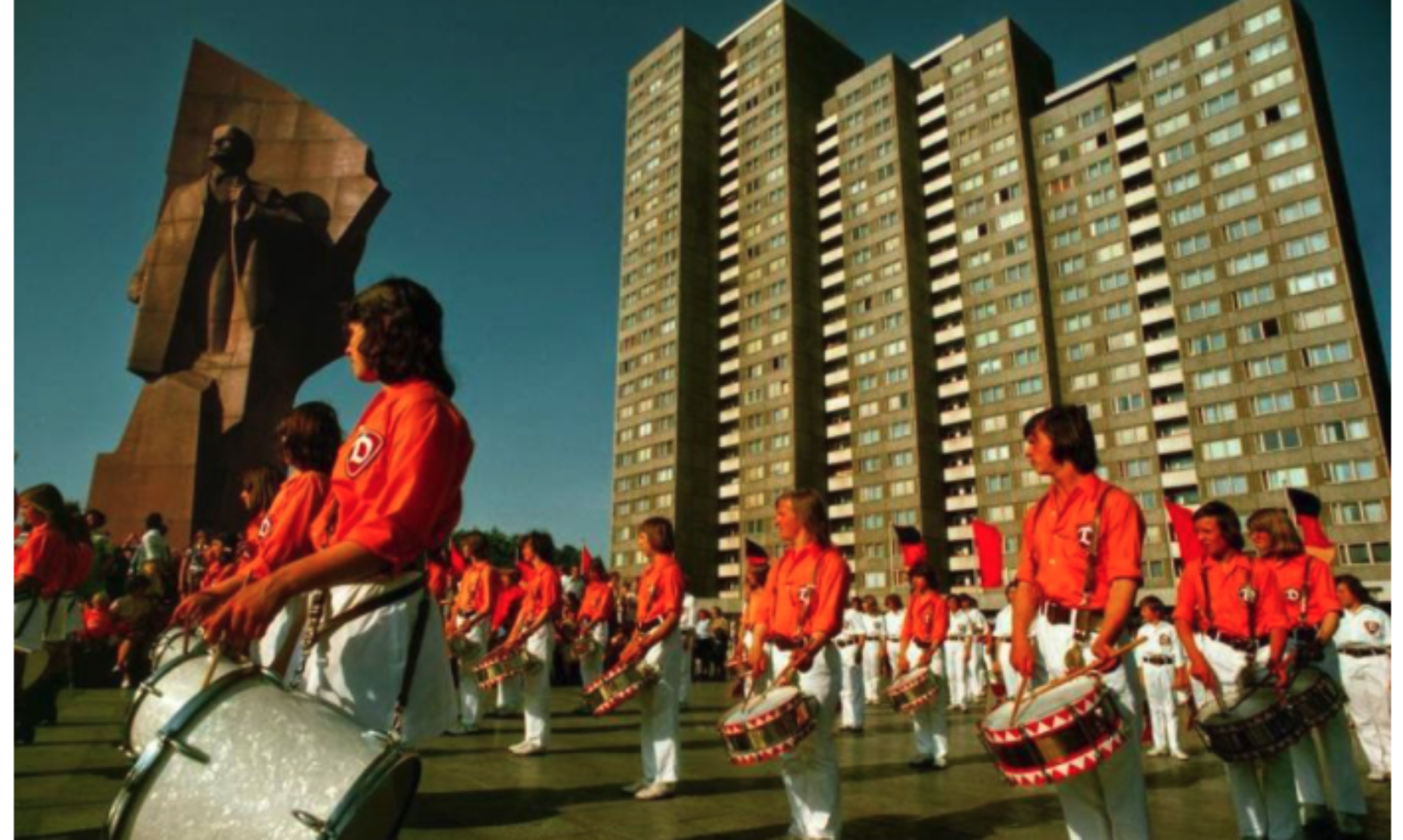The introduction to this part gives the class an insight into specific feelings felt by individuals in the U.S. and Soviet Union. In detail, the debate that takes place in the early parts reveals how each side views the distrust of the other. Supported by the quote, “Robert Kaiser ar-gued that the Soviet people would never trust the United States as long as their only source of information about it consisted of loyal communist journalists like Borovik.” Likewise shown by the quote, “Genrikh Borovik swiftly retaliated, charging that Americans dis-trusted the Soviet Union because all they knew about it came from reports that Kaiser and his colleagues wrote, based on the experience of a handful of dissidents.”
On the surface, which of these quotes do you most likely believe to be based in fact and not conjecture through personal feelings? Regardless of correctness then, what does this scene between the two teams of journalists reveal about the state of international communications between the U.S. and Soviet Union?
This parts also introduces how many journalists adapted the practice of “long- form journalism: lengthy article series or books written after the conclusion of their assignment abroad”. This practice raises some ethical questions, considering the pieces of journalism were created after the fact instead of during. How reliable is memory to be able to provide journalistic truth? Would you consider it more ethical or even efficient for your journalists to record in real time rather than after?
MLA 8th Edition (Modern Language Assoc.)
Dina Fainberg. Cold War Correspondents : Soviet and American Reporters on the Ideological Frontlines. Johns Hopkins University Press, 2021.
